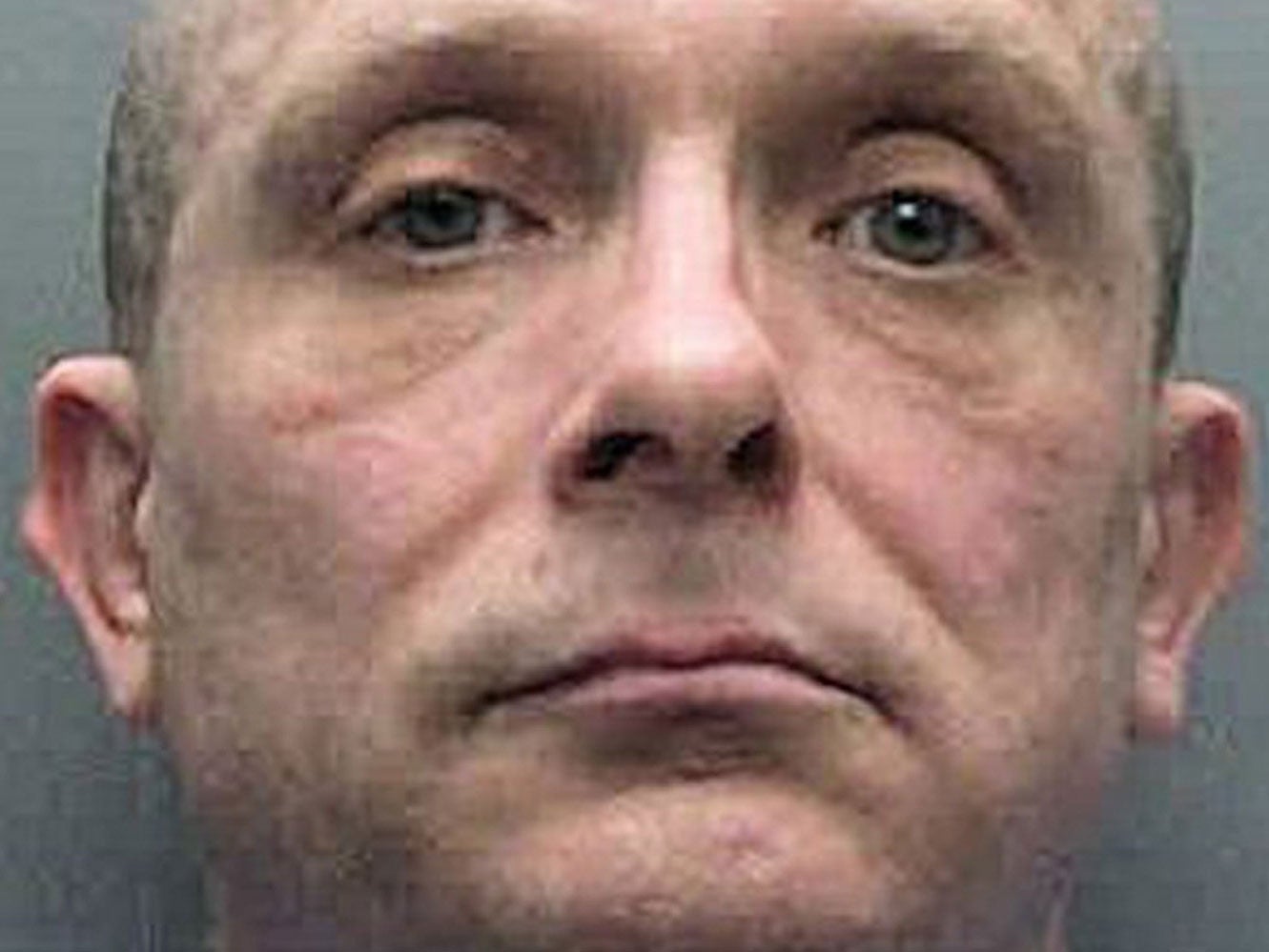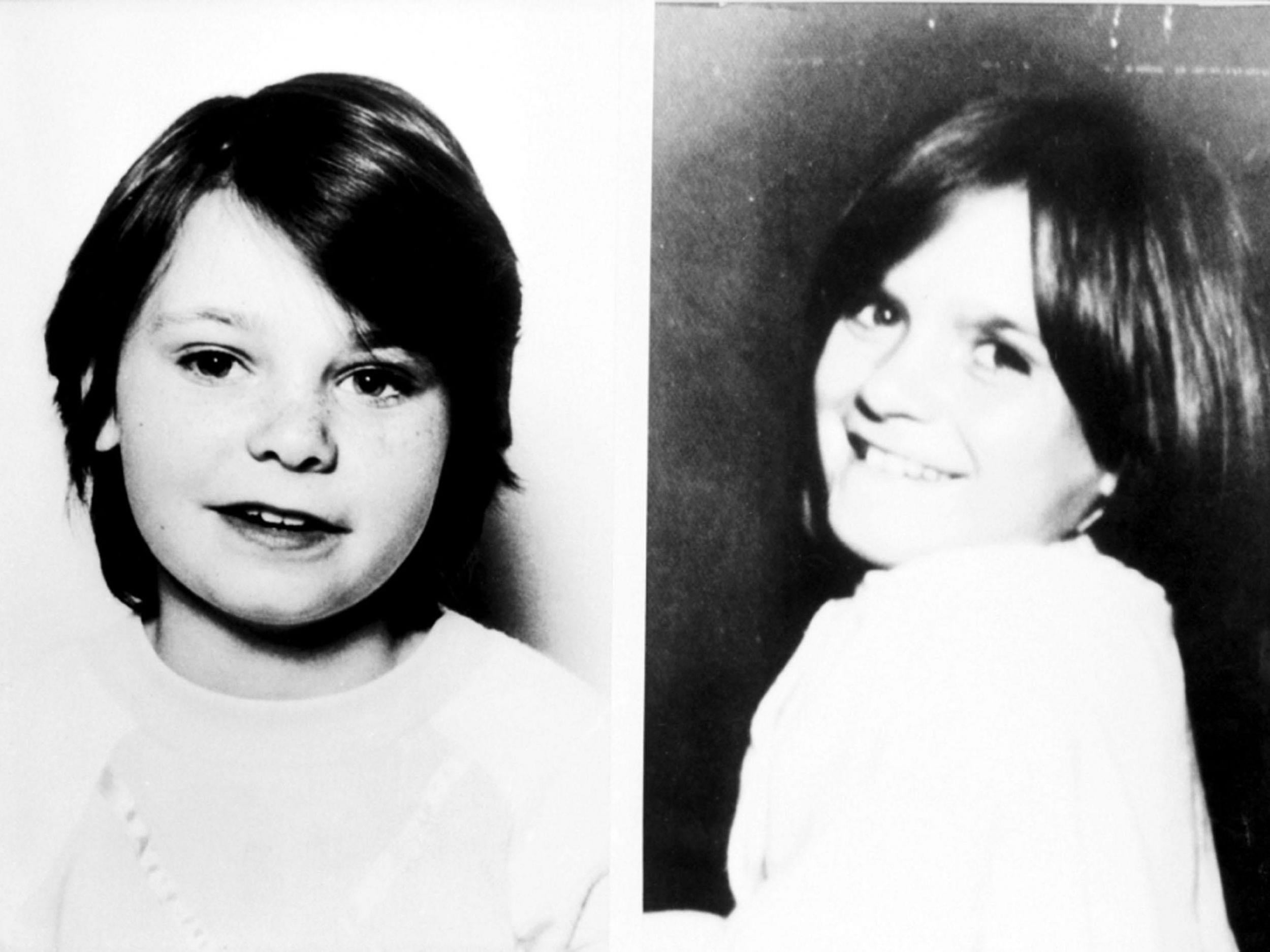Russell Bishop trial: 'Paedophile killer trapped by DNA three decades after murdering two girls,' court hears
Thirty-one years after Russell Bishop was cleared of murdering nine-year-olds Karen Hadaway and Nicola Fellows, an Old Bailey jury is told there is now a 'wealth of evidence pointing the finger of guilt firmly in this man’s direction.'

Some of the most sophisticated DNA techniques known to modern science have been used finally to prove the guilt of a predatory paedophile who got away with murdering two nine-year-old girls in 1986, a court heard.
Russell Bishop, now 52, sexually assaulted and strangled Karen Hadaway and Nicola Fellows in a Brighton park, but escaped justice when he was acquitted by a murder trial jury in 1987, the Old Bailey was told.
Three years after that acquittal, in February 1990, Bishop grabbed a seven-year-old girl off the street, bundled her into the boot of a stolen car, and strangled and sexually assaulted her before leaving her for dead in gorse bushes at the Devil’s Dyke beauty spot in Sussex.

Now a convicted sex offender, Bishop is being retried on two counts of murder after the Court of Appeal quashed his 1987 acquittal. He denies murdering Karen and Nicola.
Prosecutor Brian Altman QC, however, told the jury that while DNA profiling had been in its infancy in 1986: “The science has developed over the years, allowing far greater sensitivity than was possible before.”
As a result, he said, the forensic samples collected in 1986 now represent a “time capsule” that can be used to provide “devastating evidence” against Bishop.
Of key importance, the jury heard, were samples taken from Karen’s left forearm that in 1986 had been examined for hair and fibre evidence, but not for anything that might yield DNA.
In 2014, these samples were examined anew, and this time skin flakes were found that could be subjected to modern DNA analysis, the court heard.
Mr Altman said that in 2014 Eurofins, a private laboratory, examined the skin flakes using DNA-17 short tandem repeat (DNA-17 STR) testing, “which was a very new technique and was accepted to be the most sensitive available”.
This, said Mr Altman, "Produced a very significant finding. The majority of the DNA detected formed an incomplete STR profile matching that of the defendant.”
The skin flakes, Mr Altman added, were also analysed using Y23 Y-STR profiling, a sensitive technique specific to male DNA.
Components matching Bishop’s Y-STR profile were also found, Mr Altman said.
Taken together, the modern analysis provided “extremely strong support” for the conclusion that Bishop’s DNA had got on to Karen’s forearm, the court heard.
Mr Altman told the jury: “The DNA findings would be approximately one billion times more likely if DNA was present from the defendant, Karen and an unknown person, rather than if DNA was present from Karen and two unknown people.”
"How else and when else," Mr Altman asked the jury, "Did this man’s DNA come to be deposited on Karen’s exposed left forearm, if not after her top had been removed and during and for the purpose of these sexually motivated killings?"
Mr Altman said these new techniques could also be used to prove what fibre evidence had suggested in 1986: that a light blue ‘Pinto’ branded sweatshirt found discarded on the night of the murder was the top that Bishop had been wearing when he killed the girls.
Mr Altman said DNA-17 STR analysis of skin flakes taken from the outside of the sweatshirt in 1986 produced findings that “would be in excess of one billion times more likely if DNA was present from the defendant”.
He added that 2014 analysis of a sample taken from the sweatshirt’s inside right sleeve produced results that would have been roughly 39,000 times more likely if Bishop’s DNA was present.
Mr Altman said this was “assessed as providing very strong support for the assertion that DNA from the defendant was present.”
He added that a separate Eurofins scientist had analysed the way the forensic samples had been handled in 1986 to see whether there was any realistic possibility they had been accidentally contaminated with other DNA samples taken from Bishop.
Her conclusion, said Mr Altman, was that “There was no possibility that the totality of the evidence could have been the result of inadvertent transfer.”
Karen and Nicola, friends on the Moulsecoomb council estate in the north of Brighton, were killed after they went out to play on the evening October 9 1986.
The prosecution alleges that Bishop killed the girls in a ‘den’ in Wild Park, Brighton, and then joined the search for the missing nine-year-olds in a “cynical and deliberate attempt to divert attention away from himself.”
Mr Altman told the jury that the 2014 analysis, combined with re-examinations conducted using modern forensic techniques in 2005 and 2012, “Are devastating for the defendant.
“They prove scientifically not only that he was the wearer of the Pinto [sweatshirt] and that garment was connected to his home environment, but also that it is linked to the two girls and therefore their murder.”
But, Mr Altman told the jury, it was not just the scientific evidence alone that was “pointing the finger of guilt firmly in this man’s direction.”
“The evidence against this man goes well beyond the scientific links,” he said.
There was, he told the jury, “the wealth of evidence to show that this man, Russell Bishop, to the exclusion of anyone else in the world, is guilty of the murder of those two little girls 32 years ago.
“There is the evidence that his sexually motivated attempt to kill [a] seven-year-old [girl] in 1990 bears the same hallmarks as the sexually motivated murders of nine-year-old Karen and Nicola in 1986.
“There is the detailed description of the position and appearance of the bodies that he gave police and others - information that, we say, could only have come from the killer.
“There are the contradictions in the accounts he provided to the police and the admitted lies he told.
"And there is the fact that the Pinto sweatshirt just happened to be found discarded along the defendant’s route home from Wild Park.”
“It is,” Mr Altman told the jury, “The overwhelmingly compelling and powerful nature of all the evidence in this case that can make you sure of this defendant’s guilt of these murders.”
The trial continues.
